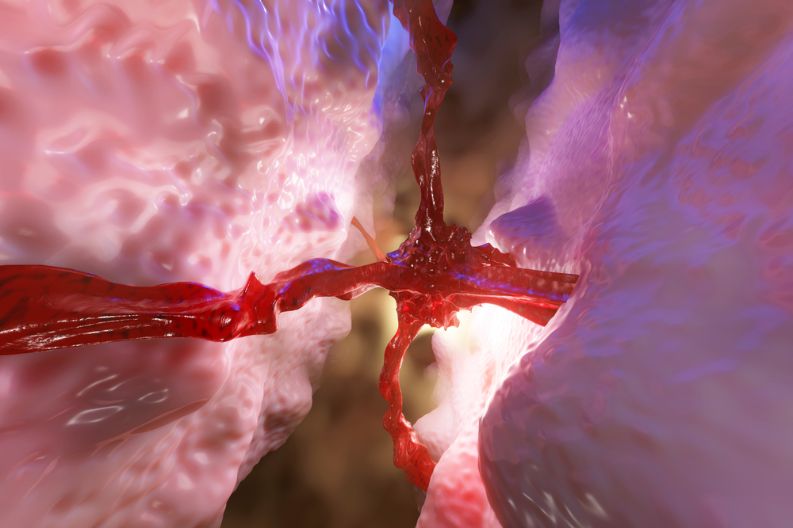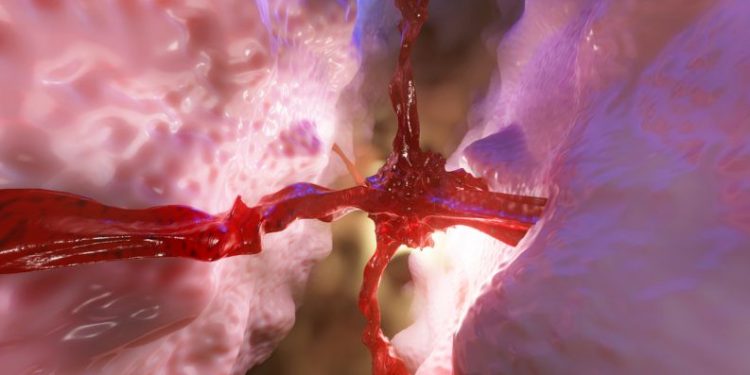The pituitary gland, which sits behind the nose in the center of the brain, regulates the production of various hormones that affect most basic bodily functions. When a tumor grows in the pituitary gland, it can cause changes in hormone levels and symptoms.
Symptoms depend on the type of tumor, its location and whether it makes too much or not enough of one or more hormones. Symptoms may also be related to pressure on the brain and surrounding tissue or pressure from other parts of the body that are affected by the tumor.
When a tumor grows, it can put pressure on the optic nerve or other areas of the brain that are affected by it. This can result in vision problems, including loss of side vision, double vision and pain in the eyes or face.
These problems can be very painful and interfere with daily life. They can also lead to serious health complications, such as blindness and heart disease.
Depending on the type and location of the tumor, different treatments can relieve the symptoms. These include drug therapy and surgery.
Treatment for pituitary tumors depends on the size and grade of the tumor, its effect on hormones, and if it has spread to other parts of the body.
The grade of the tumor is based on how far it has grown into the surrounding area of the brain, including the sella (the bone at the base of the skull, where the pituitary gland sits). These grades are given to help physicians determine whether a patient should have surgery or radiation treatment.

Small, slow-growing pituitary tumors that do not cause any symptoms can be watched with routine MRI scans until their growth or symptoms require medical intervention. In these cases, observation is often recommended until you and your doctor decide if surgery is the best course of action for you.
In some patients, a partial removal of the pituitary tumor can help relieve symptoms. This is called transsphenoidal surgery. It requires a hole to be made in the front of the nose or through the nose and sphenoid sinuses to access the pituitary gland.
Surgical removal is the first line of treatment for all functional pituitary tumors except prolactinomas. This is performed with a minimally invasive endoscopic approach or through a traditional transsphenoidal surgery method.
The success of the surgery depends on the size and grade of the tumor. Generally, the best outcome occurs when the pituitary tumor is removed completely. However, in some cases where a tumor has only partially spread to the brain or the pituitary gland, radiation can be used instead of surgery to relieve the symptoms and decrease the risk of cancer.
Chemotherapy is another type of treatment for pituitary tumors that have spread to other parts of the body. This type of chemotherapy uses drugs to kill cancer cells or stop them from dividing. It is also used as palliative care to relieve symptoms and improve the patient’s quality of life.









